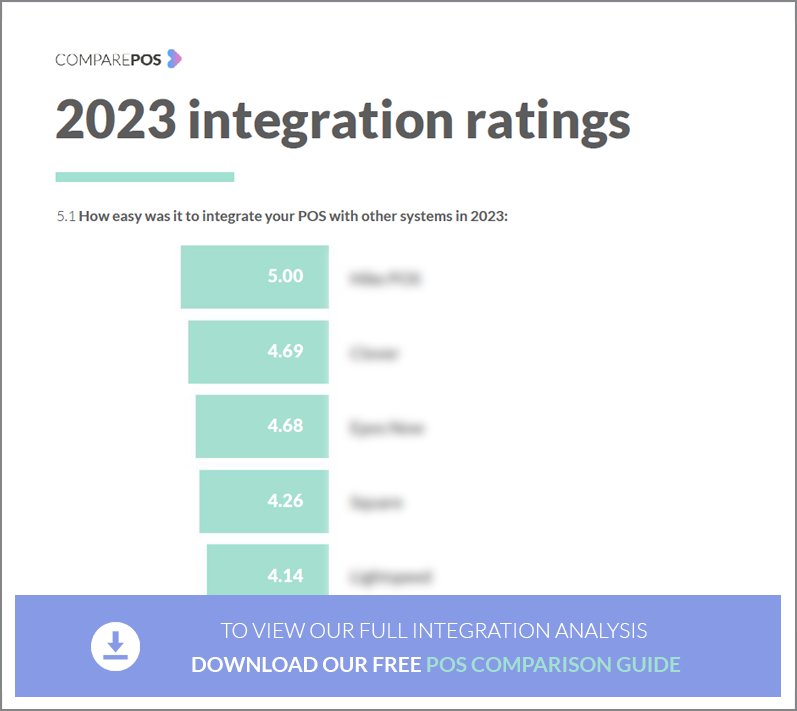
Works seamlessly with my other systems
Harnessing the Seamless Integration Feature of POS System with Existing Systems
A seamless integration with existing systems, such as inventory management, customer relationship management (CRM), and accounting software, is paramount for businesses seeking efficient operations. This feature eliminates the need for manual data entry and reduces the risk of errors that can occur when managing multiple systems independently. By enabling smooth data synchronization and process automation, a POS system that works seamlessly with other systems improves overall productivity, accuracy, and business performance. It allows businesses to leverage their existing infrastructure and software investments, ensuring a cohesive and streamlined operational environment. This feature is crucial for businesses that aim to optimize efficiency, minimize manual work, and achieve a holistic view of their operations
With seamless integration, the POS system comes with the primary benefit of eliminating manual data entry. When system integration is absent, employees often have no or little option but to spend valuable time manually entering data into multiple programs. This type of inefficiency in system integration does only consume money but also increases the risk of manual errors which can lead to conflicting information and data inconsistencies. However, with a POS system that can seamlessly integrate with other systems, errors that come from manual entry are now things of the past. Now, data synchronization occurs automatically, minimizing tasking manual entry. This automation ensures that information is correctly and efficiently transferred from one system to another, ensuring consistency in data and minimizing error risk.
A seamlessly integrated POS system supports the automatic process which simplifies complex tasks and eliminates time-consuming tasks. For example, when a sale is made through the POS system, the inventory management system automatically gets updated, removing the need for manual updates. This active synchronization of data across systems ensures that businesses have accurate information about their stock quantity, leading to timely restocking and preventing stockouts or overstocking. By automating these important and tasking processes, businesses can tailor their time and resources to more strategic tasks instead of being held down by administrative duties.
In addition, a seamlessly integrated POS system allows businesses to harness their available resources and software investments. Usually, businesses make significant investments in different systems to manage various sectors of their business operations. With an integrated POS system, the gap that exists between these numerous systems is closed, eliminating any need for duplicating data entry or managing multiple software platforms. Aside from minimizing costs, this also provides a complete view of business operations. For example, when a sale is made, customer information is automatically updated in the CRM system, allowing businesses to have access to necessary customer insights that can enable personalized experiences.
Conclusively, a POS system that seamlessly integrates with other systems is important when it comes to optimizing business efficiency and achieving excellent performance. By eliminating manual data entry, enabling automated operations, and leveraging available resources and software investments, businesses can unlock lots of benefits. From increased productivity and accuracy to improved decision-making, a seamlessly integrated POS system enables businesses to streamline their business operations while rendering excellent customer experiences. Therefore, investing in a POS system that offers seamless integration is necessary for businesses aiming to stay on top of the competition that exists in today's dynamic marketplace.

